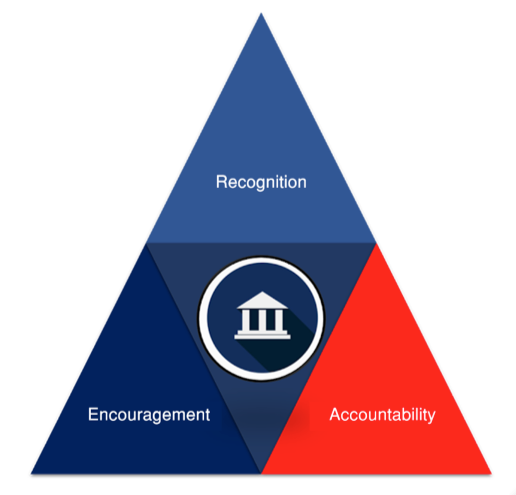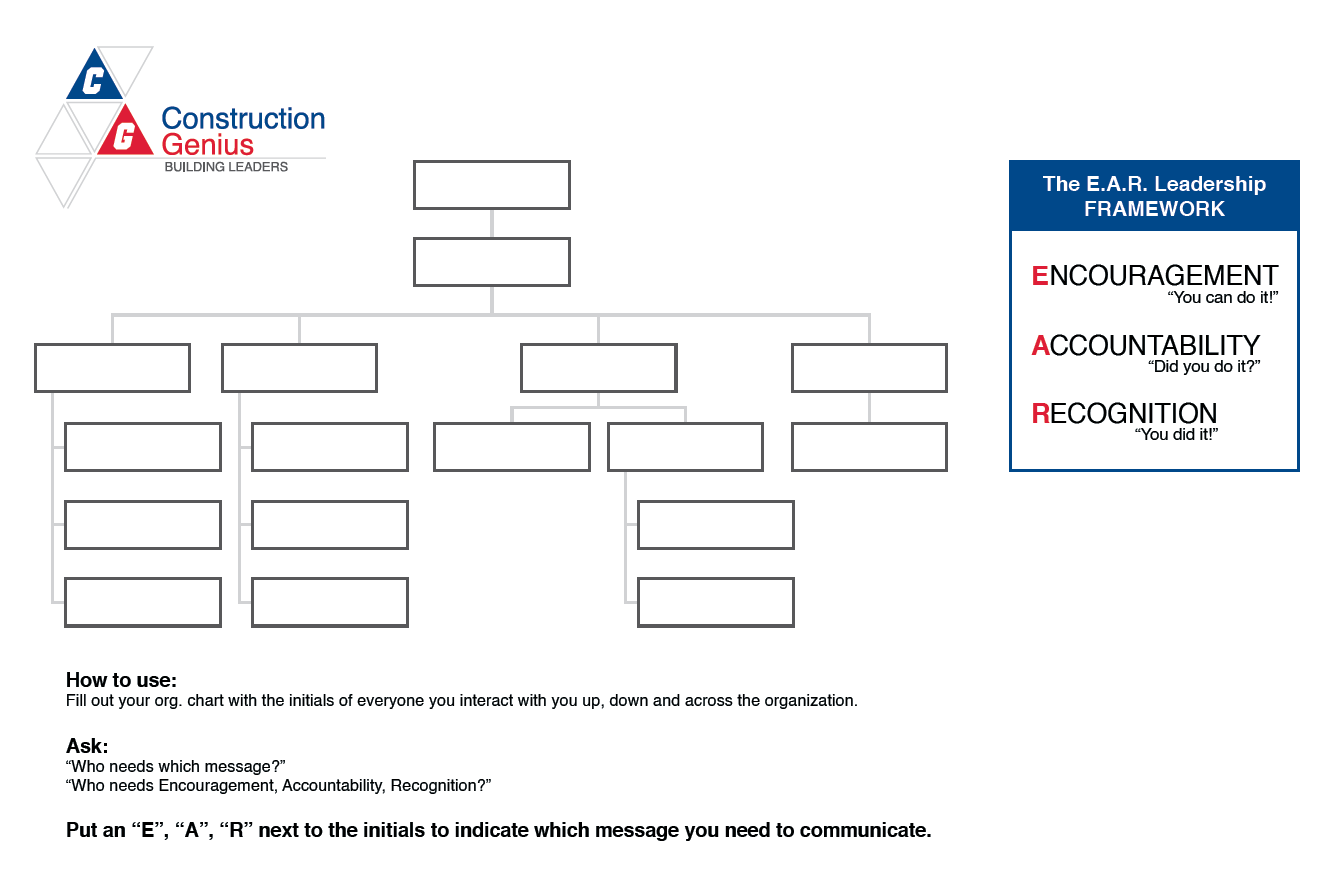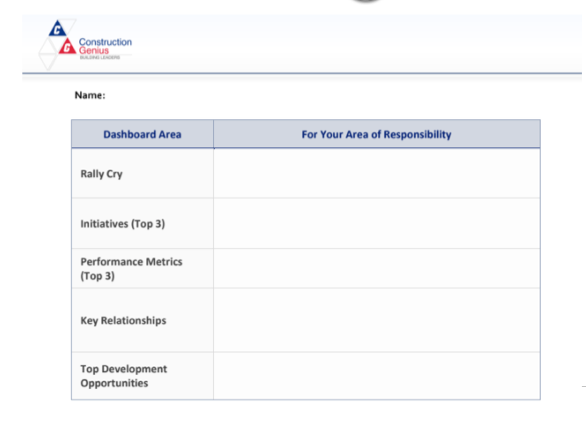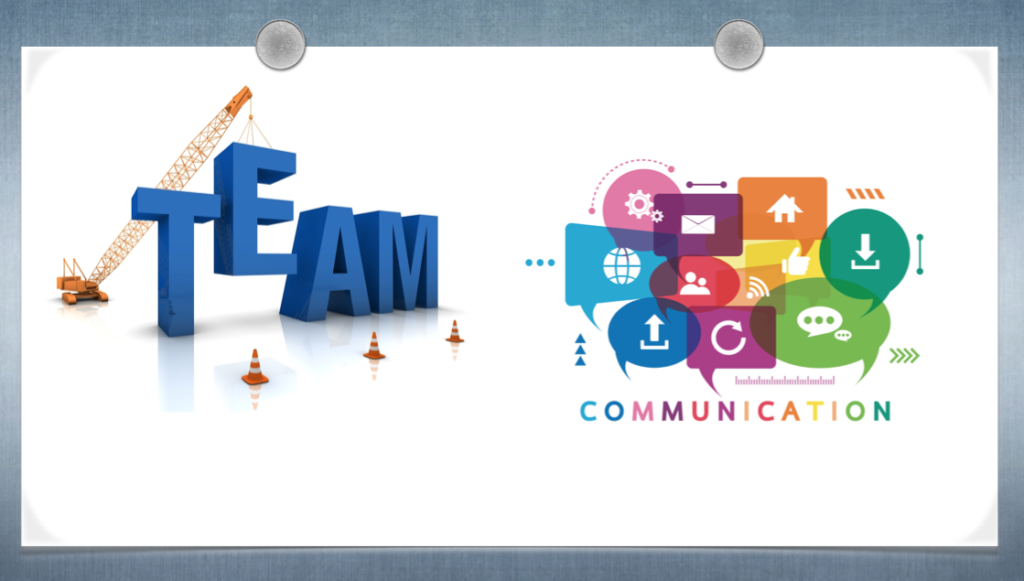In my previous post How to Excel as a Leader of a Construction Team, I wrote about the importance of having a compelling vision and the Construction Leaders Dashboard, a valuable tool for newly promoted team leaders. This article will look into the EAR Framework as a valuable tool for Lean team leaders to improve their communication skills because communication is the one thing that differentiates great leaders.
There are three messages that team leaders have to communicate consistently:
Encouragement, accountability, recognition.
Let’s look into each one of them.
- The encouragement step says: you can do it.
- The accountability step asks: did you do it?
- The recognition step says: you did it.

Illustration: Eric Anderton, Construction Genius, the EAR Framework
To remember this framework and the messages that you have to communicate, anchor it by grabbing your ear. Anchoring is a Neuro-Linguistic Programming term, which refers to the process of associating an internal response with an external or internal trigger so that the response can be quickly reaccessed.
- E = encouragement,
- A = accountability, and
- R = recognition.
How to use the EAR Framework
To put the EAR Framework into practice, it is helpful to sketch out your org chart first. Then, you want to fill it out by asking:
- Who needs encouragement?
- Who needs accountability?
- Who needs recognition?

Illustration: Eric Anderton, Construction Genius, the EAR Framework
Step 1: To encourage someone, lead by outcomes
In terms of encouraging people (you can do it), I recommend managing the outcomes they are driving for. The goal is to encourage them to perform well. High performance means concentrating on the few tasks that they have done with excellence. This will make a real difference in the results of your job and in the performance of the company. In other words, great leaders are very good at helping their direct reports identify those critical tasks. And then empowering them to do them by looking at them and saying: you can do it!
How does that work in practice?
As a Lean project manager and team leader, you sit down with your direct reports and ask them what are the top three outcomes they are expecting to achieve in their position. You want your direct report to tell you the goals they want to achieve.
Then, you make sure that they work towards the right outcomes by asking them to pick their most important outcome.
Next, you ask them to define the top 3 tasks that lead to that outcome. Once they have identified these tasks, you ask them to pick the most important task.
Lastly, you ask them in what specific ways they can improve the performance of that task.
And when they have answered that question, you look them in the eye and say: you can do it.
In summary, to encourage someone, you lead them by outcomes.
Step 2: Delegate, delegate, delegate
The next step is accountability: Did you do it?
Accountability is the tricky part in leadership because to hold people accountable you have to delegate first. And this is one of the great struggles that newly promoted project managers have: they are used to doing everything themselves.
If that sounds like you, ask yourself: Why am I not delegating?
The reason why a lot of new managers don't delegate is because they like being the hero. They are perfectionists, and they don't trust anyone.
However, if they are stuck with those two things, they will struggle to become effective leaders.
But there is a difference between delegation and abdication. Abdication is when you just throw tasks to people's feet and DO NOT take into consideration three things:
- Have I been clear in what it is I want them to do?
- Are they capable of doing it? Do they have the skills?
- Do they have the capacity to do the job?
Simply said, one of the worst things you can do is ask someone to do something that they are not capable of doing.
In summary, the idea of accountability is holding people responsible for their actions and outcomes, appropriate to their authority and within their realm of responsibility.
Then you can hold them accountable by asking these three questions in your weekly meeting:
- Did you do it?
- If not, why not?
- How can I help you?
The week after, you go back to your direct reports and have the same conversation again. Did you do what you said you were going to do? You note in your org chart who needs accountability.
The benefits of the 90-Day High-Performance Dashboard
One of the ways that you can hold people accountable is the 90-Day High-Performance Dashboard.
The 90-Day High-Performance Dashboard is an imitative version of the Construction Leaders Dashboard.

Illustration: Eric Anderton, Construction Genius
The Rally Cry, for example, is one very clear thing that you know you have got to get done in the next 90 days. So if you wake up at 3:30 am in the morning and someone asks you, what's the rallying cry, you will be able to tell them right away.
And then you have your initiatives. If you are a superintendent, for instance, you know that you need to focus on the relationships between the client, the field, and the office. Your focus is going to be on increasing quality, speed, and efficiency, while driving down costs to increase profitability.
Apart from your initiatives, you need to identify the metrics that tell you whether or not you are executing your initiatives.
Additionally, you need to work on your relationships, which means identifying relationships that you need to cultivate in order to be successful.
And finally, you include your personal development opportunities.
Overall, the 90-Day High-Performance Dashboard is a valuable tool to use in your one-on-one conversations with your direct reports and for them to use in their one-on-one conversations.
Step 3: You did it!
The third step in the EAR Framework is recognition.
And the recognition portion simply acknowledges the work of your direct report by saying: great job! You did it!
This is super simple, but those are the three messages that every great leader is consistently communicating. Of course, it has to be personal. You have to take the individual into consideration when you are recognizing them. Some people like being recognized in public, some people like being recognized in private.
It also must be consistent. Sometimes, top performers get forgotten because they do a great job regardless. So, never forget your top performers, you have to show up and give them the recognition they deserve.
Use recognition either in private or in your weekly meetings to encourage and praise the team members. And watch your productivity and team spirit rise.
Finally, to keep track of who needs what, use your org chart as a visualization tool and note for each team member next to their name whether they need
- Encouragement (E)
- Accountability (A), or
- Recognition (R).
As your project moves forward, these notes will change, obviously, as team members start with new jobs once they have successfully achieved one of their outcomes. The EAR Framework is an ongoing process. It’s a virtuous cycle.
Stay tuned for part 3 of this series about how to conduct Kick-Ass Meetings.
Read more from Eric
How to Excel as a Leader of a Construction Team
Eric Anderton has more than two decades of career and entrepreneurial business experience, alongside 25 years of public speaking, small group facilitation and one-on-one mentoring. He is a trusted leadership advisor, executive mentor and expert meeting facilitator for construction companies that range in revenue from $10 million - $1 billion. He has a BA in History and has spent almost 30 years studying ancient and modern history, leadership and strategic principles. Since 2004 he has helped his clients increase profitability by clarifying their business purpose, building strategic plans, developing their best people, systematically innovating through obstacles, and executing their most important priorities.




